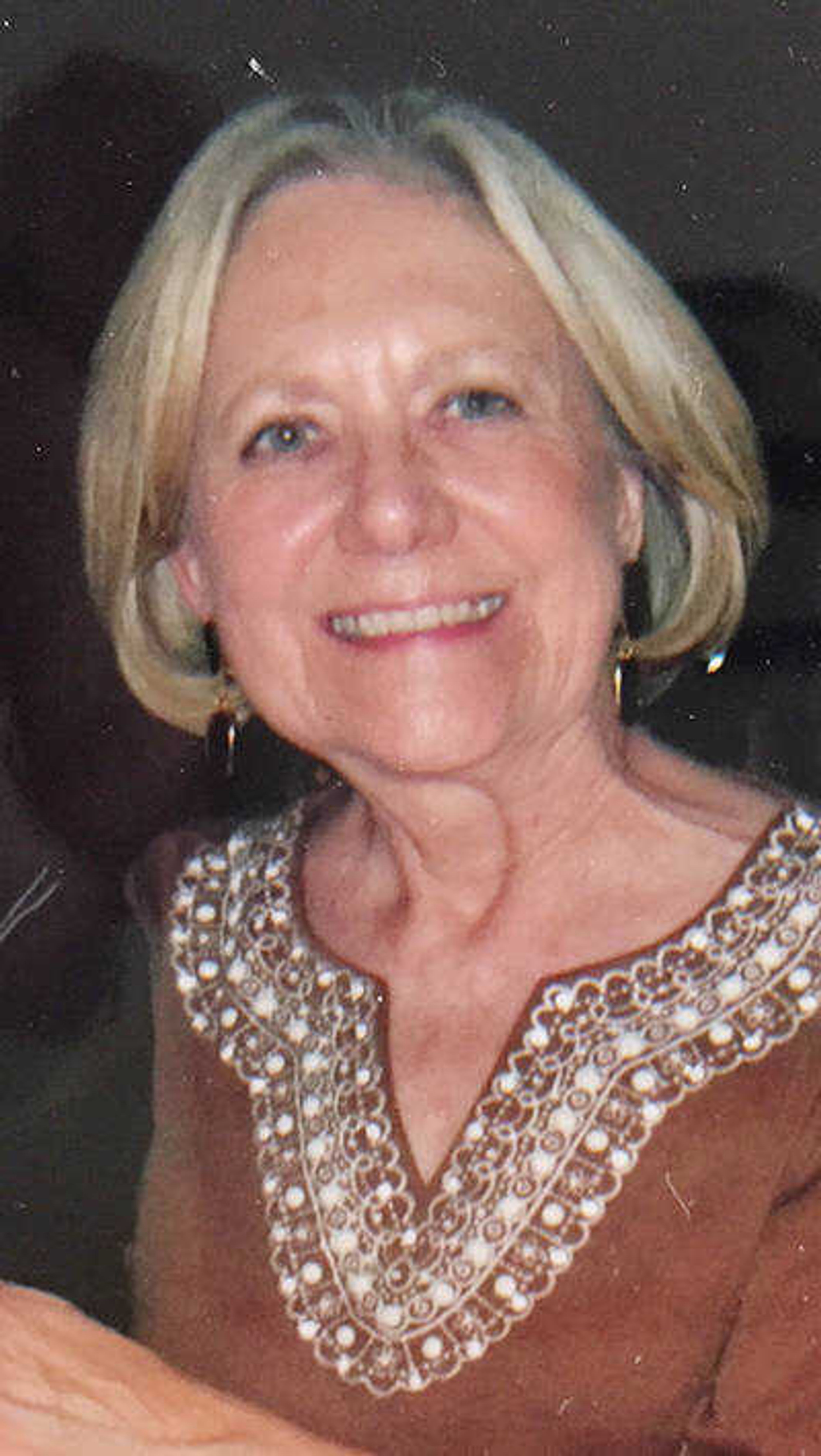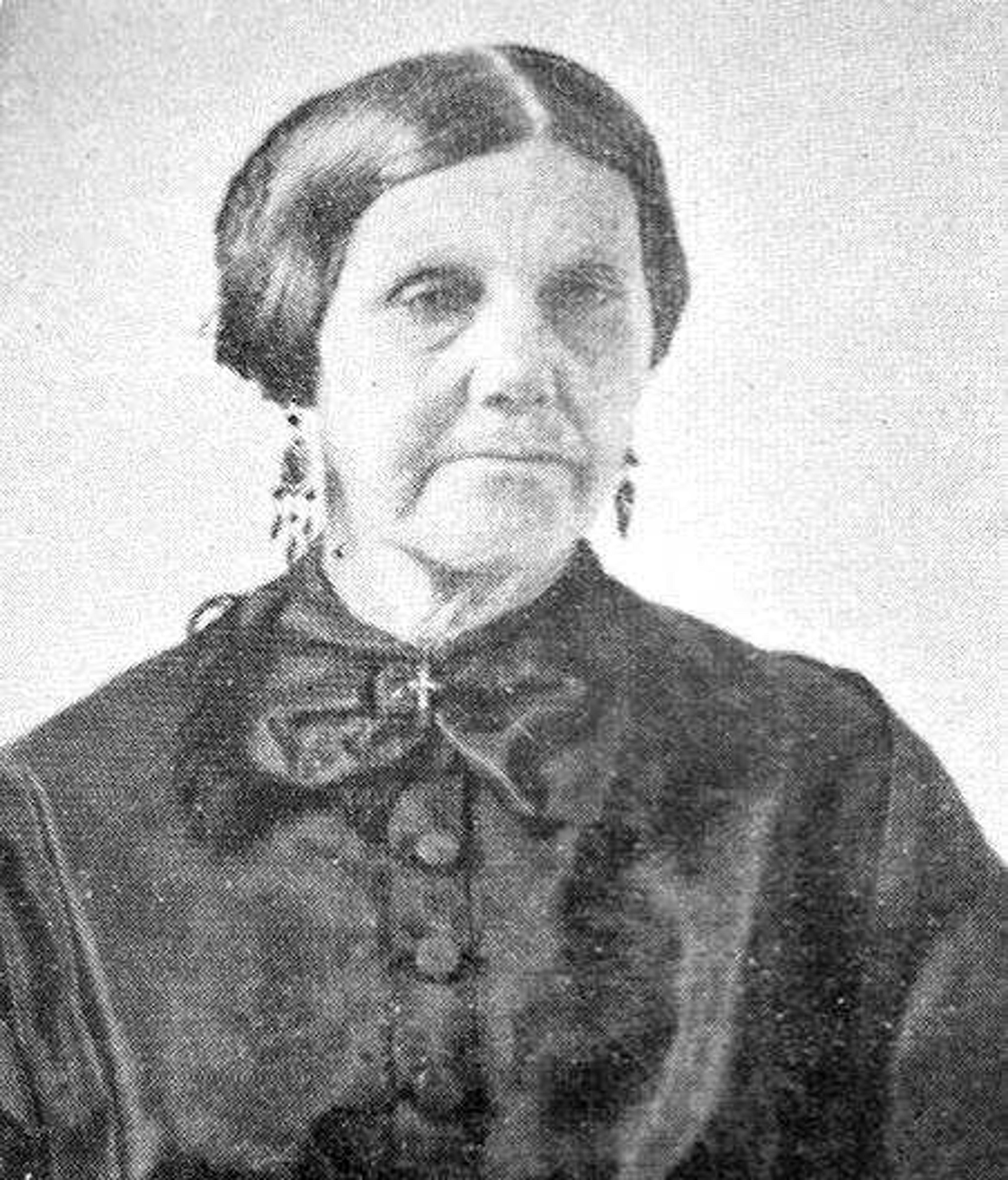A lady of noble lineage
Of the many people I’ve read about, there are many ladies I would have loved to have known. Zerilda Byrnes is one of those ladies. The tales she could have shared about her life as a young girl growing up near the Neely’s Landing area among the Shawnee and Delaware tribes would have been fascinating.
Of the many people I’ve read about, there are many ladies I would have loved to have known. Zerilda Byrnes is one of those ladies. The tales she could have shared about her life as a young girl growing up near the Neely’s Landing area among the Shawnee and Delaware tribes would have been fascinating.
Zerilda’s ancestry goes back to the birth of our nation. Her grandfather, Christopher Hays, from western Pennsylvania was a colonel in the Revolutionary War. Following the war, he came to Southeast Missouri and worked for his old friend, Col. George Morgan, in 1789 as a land surveyor at New Madrid.
Christopher, his wife, Eve (Clymer), and sons, John and George, later moved north to Louis Lorimier land about which they had heard. Eve was the daughter of George Clymer, one of the signers of the Declaration of Independence from Pennsylvania. From Louis Houck’s historical books and the Territorial Land Records, we learn the Hays family received large parcels of the territory from Hubble Creek to the Mississippi River
Also, Zerilda’s grandfather was the first presiding judge of the Cape Girardeau District Common Pleas Court in 1804. He was a commissioner when the Cape Girardeau courthouse and jail were built. His son, John, was appointed the first sheriff of the district, 1805-22. He refused to use the jail, as he felt it was poorly constructed. Attention was given to the problems, and a more secure jail was constructed.
The Hays’ plantations were sizable. Zerilda, born in 1812, was reared on her father, John’s, land which was just below the mouth of Apple Creek on the Mississippi. He built a sawmill on Indian Creek and operated a ferry on the river at Neely’s Landing. Steamboats often stopped at their plantation, "Love Joy", to receive dry wood to produce steam. In public office, he was the receiver at the Jackson Land Office. As sheriff, John was responsible for collecting revenues for the district.
Zerilda attended Mount Tabor School near Cape Girardeau, the first English school west of the Mississippi River. She also received private instruction from Mrs. John Scripps and attended the log school in Cape Girardeau on the southwest corner of Themis and Main streets, surrounded by Bartholomew Cousin’s apple orchard.
At the age of 22, Zerilda became the bride of Peter Byrnes in a Catholic ceremony. Byrnes, also known as Judge Byrnes, according to Houck’s "Memorial Sketches", was a very influential citizen of the county. The couple moved to a large tract of land and home in south Cape Girardeau County named, "White Hall", next door to the Louis Houck estate, "Elmwood".
The Byrnes couple were not blessed with children. However, Louis Houck’ wife, Mary Houck, often visited the Byrnes home, becoming close friends to Zerilda, loving her like a daughter. Zerilda and her husband owned 10-12 slaves, who worked in the home and on the land, including slave Abraham, a wedding gift to her from her father. Every evening Zerilda conducted religious services for her servants.
(To be continued)
Connect with the Southeast Missourian Newsroom:
For corrections to this story or other insights for the editor, click here. To submit a letter to the editor, click here. To learn about the Southeast Missourian’s AI Policy, click here.











